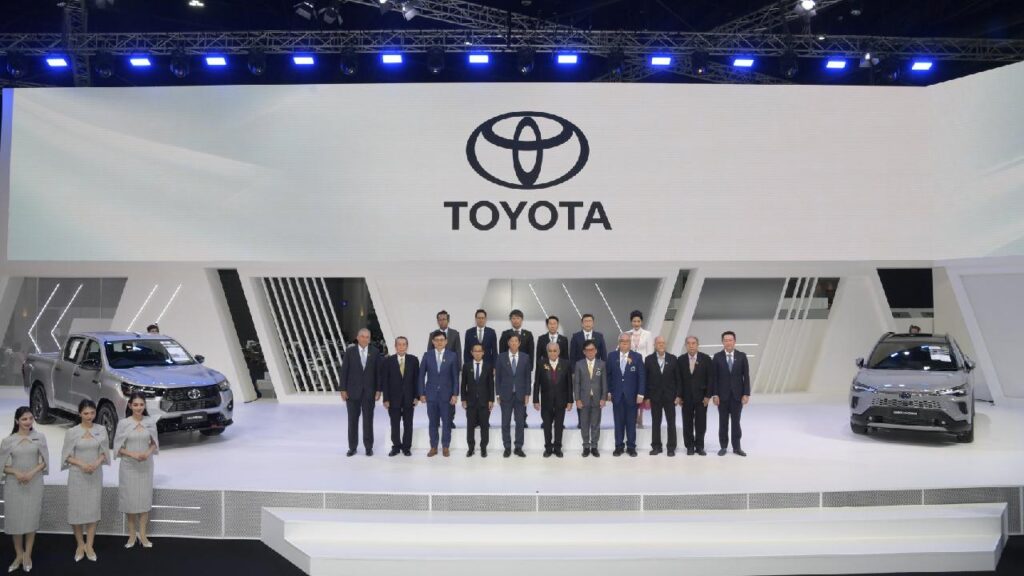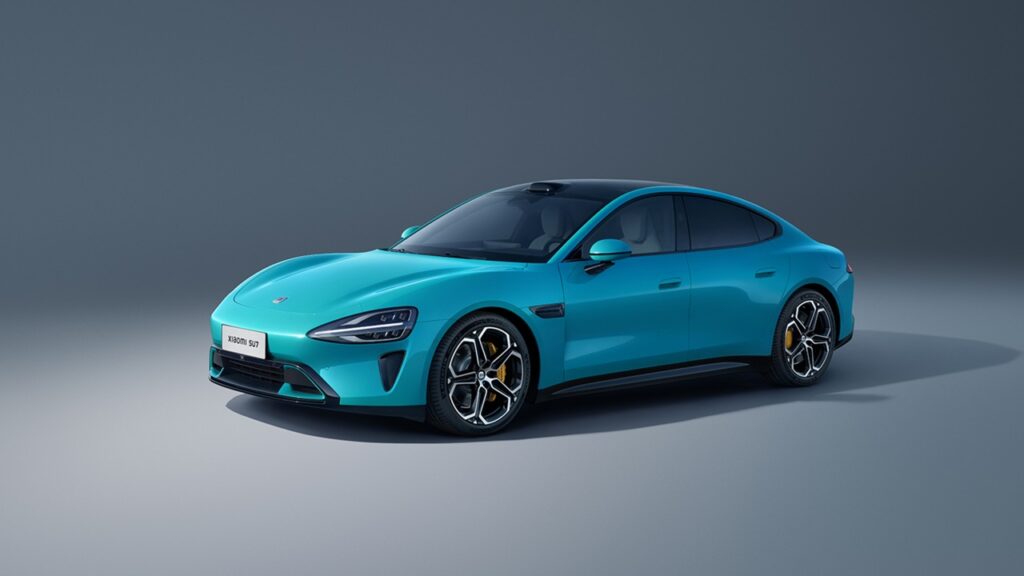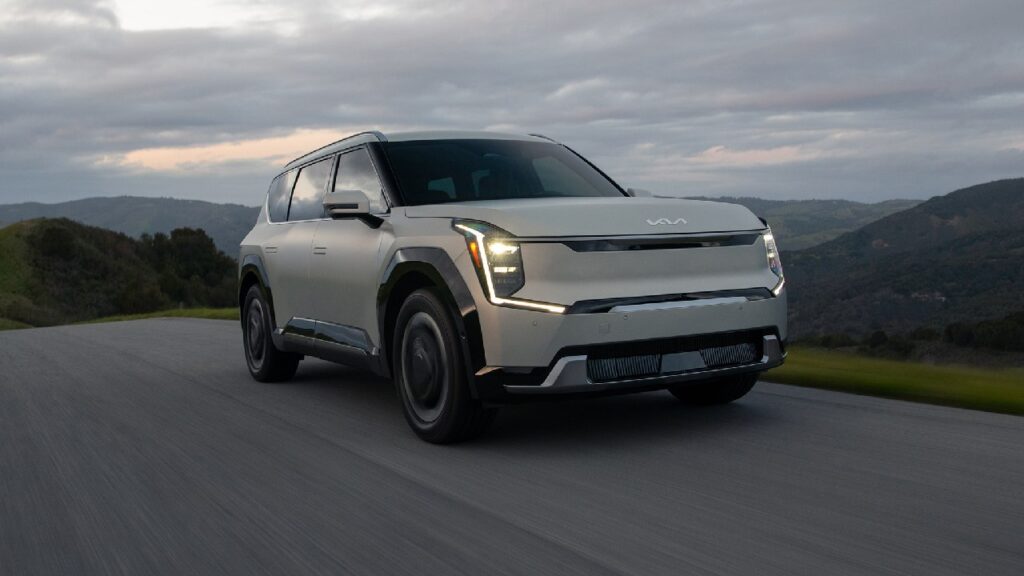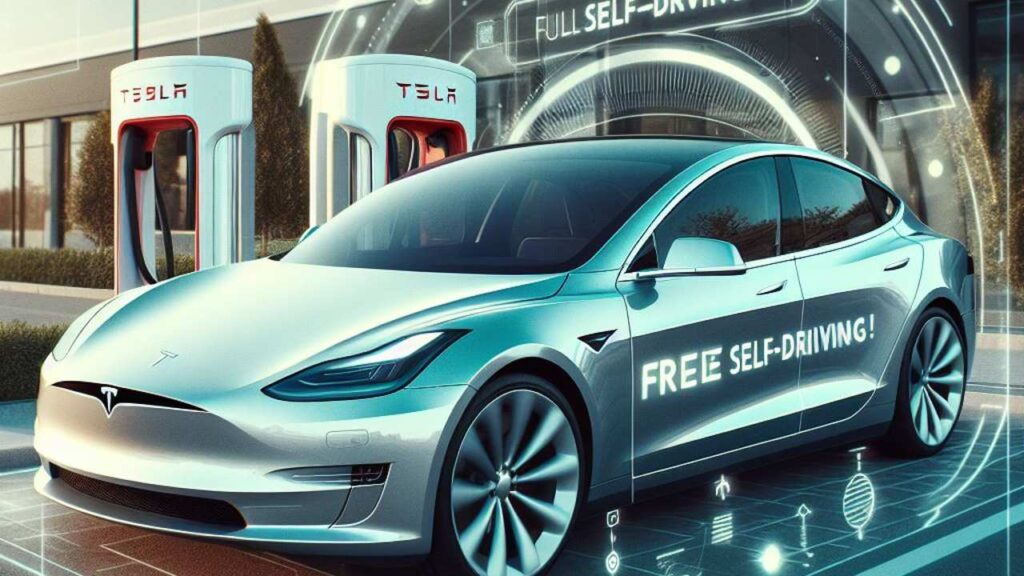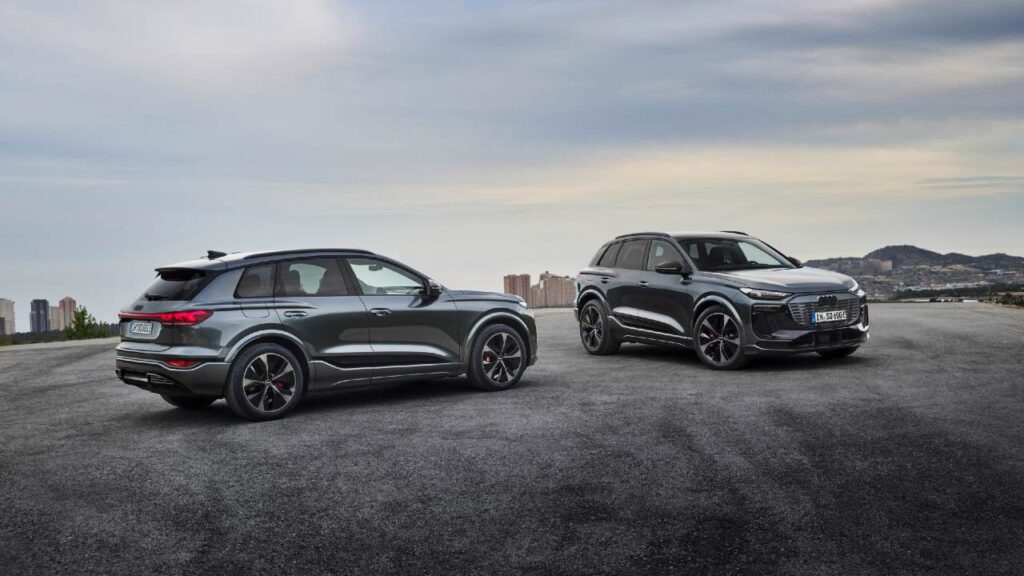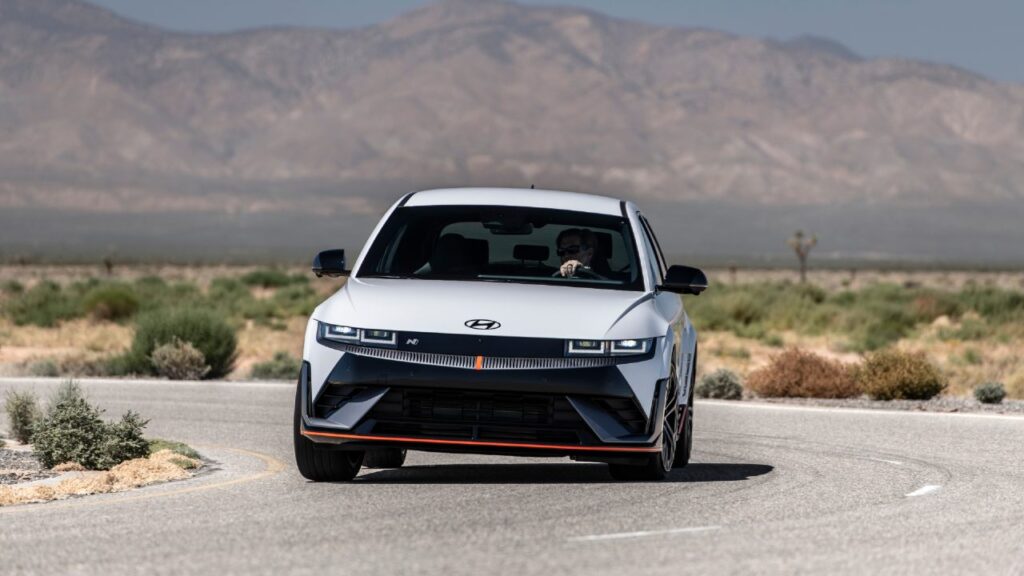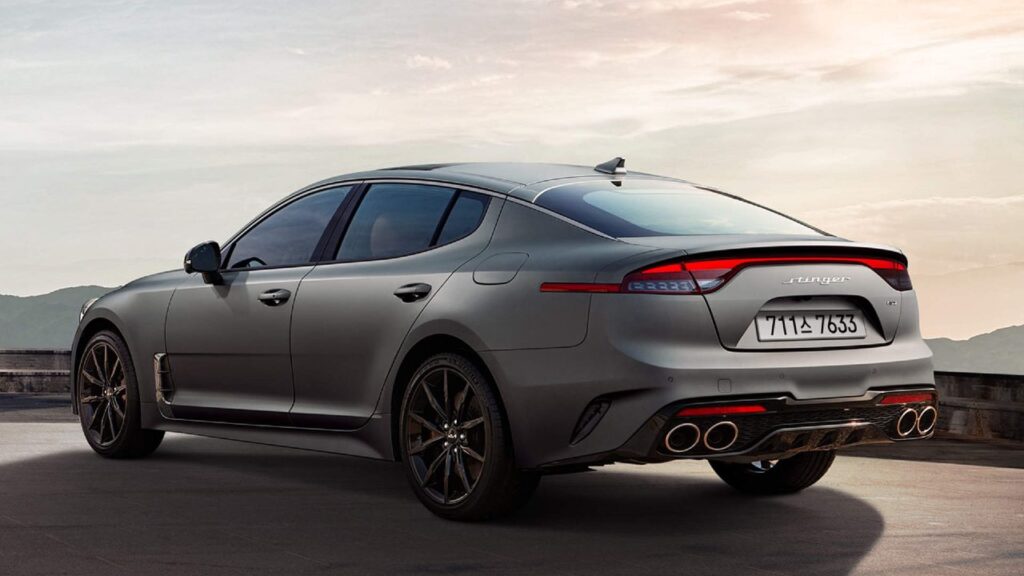Toyota Hilux Electric Pickup To Enter Into Production By 2025
The Japanese auto giant might be evidently reluctant to adopt the EV route solely, but it is certainly ensuring to keep all options open. Toyota Hilux electric pickup truck will finally go into production by the end of 2025. The announcement came a few days ago by the President of Toyota Thailand, Noriaki Yamashita. We don’t need to reiterate just how popular the Hilux pickup truck is across the globe. In fact, it is produced in 6 different locations globally and is on sale in over 180 countries. With such a legacy to live up to, the electric avatar will have its work cut out. You might also like: EV Makers Reconsidering Their Ambitious Plans, Was Toyota Right All Along? Toyota Hilux Electric Pickup To Go In Production In 2025 Note that Toyota unveiled the all-electric concept version of the Hilux back in 2022 on the occasion of the 60th anniversary in Thailand. The Toyota Thailand President also said that the pickup will commence testing in the resort town of Pattaya, Thailand. In fact, Pattaya is slated to receive almost a dozen electric trucks next month to be utilized as public transportation vehicles in the area. Interestingly, its chief rival, the Isuzu D-MAX pickup truck in the electric avatar was also recently announced. That could’ve persuaded Toyota to announce the electric Hilux as well. Remember, both these are arch rivals, not just in Thailand, but in many markets across the globe. You might also like: Xiaomi SU7 EV Launched At $4,000 Less Than Tesla Model 3 Toyota’s Diversified Approach Toyota is famously against the idea of complete electrification. In fact, it is focusing its energy, time, investment and resources toward developing electric, hybrid, plug-in hybrid, hydrogen and alternate fuel-sourced cars. Hence, it is adopting the multi-route approach until the path becomes clear. It remains an avid believer in hydrogen and still invests a lot of time and energy in developing techniques to make it feasible, safe and practical to use for automobiles. You might also like: Kia EV6 Facelift Spotted Testing – Everything We Know So Far Learn Electric Cars Says Toyota is an interesting case in this modern world where everyone is joining the EV bandwagon. Legacy carmakers are constantly torn between developing new techniques to make their existing IC engines compatible with the latest emission norms and transitioning to electrification. Most established car companies have announced their ambitious plans to go all-electric in the coming years. In fact, there have been new brands which have emerged to challenge the established car marques with their EV approach from the ground up. Amidst all this, Toyota is sticking to its guns and ensuring that it leverages the image it has commanded over the years. In doing so, it is trying out various methods to test which is the best way forward. A mix of electrification, hybridization, new energy cars like hydrogen, as well as traditional IC engines seems to be the current strategy.

